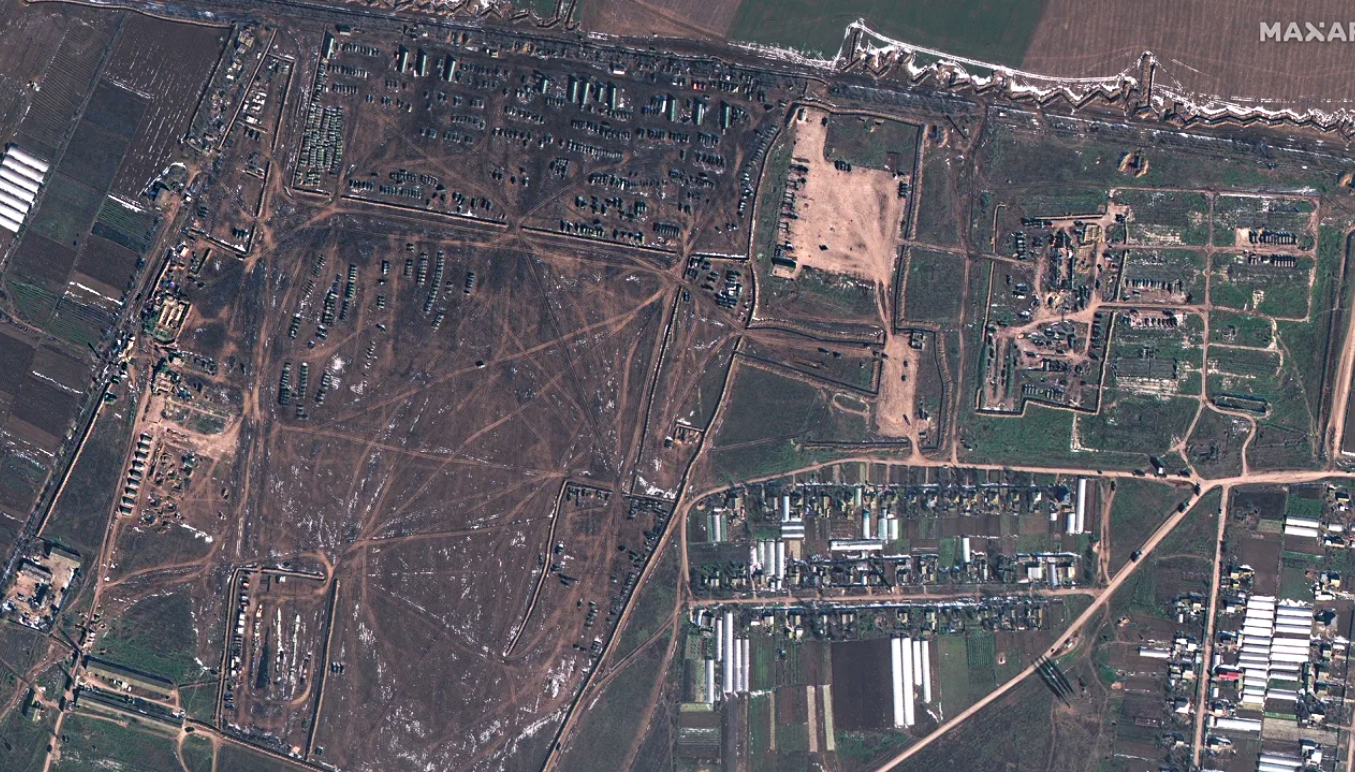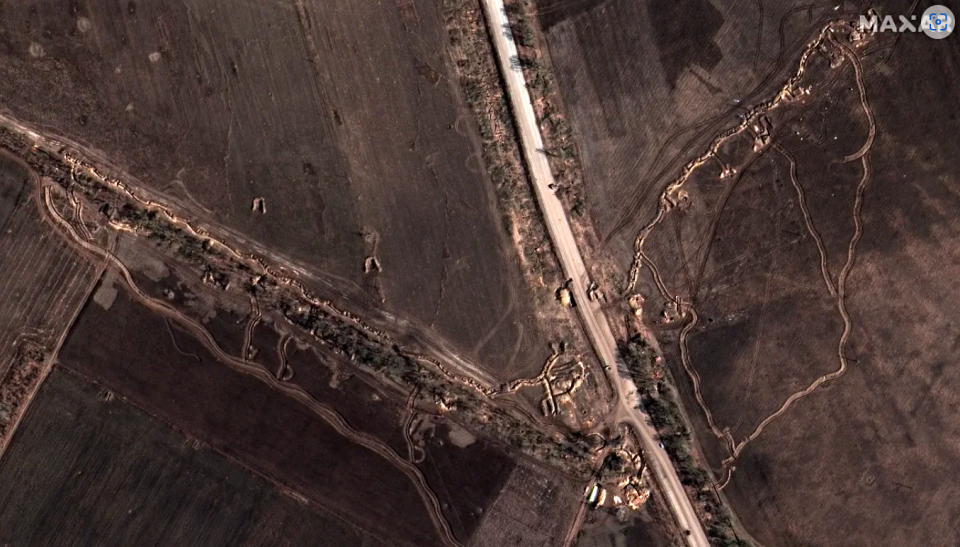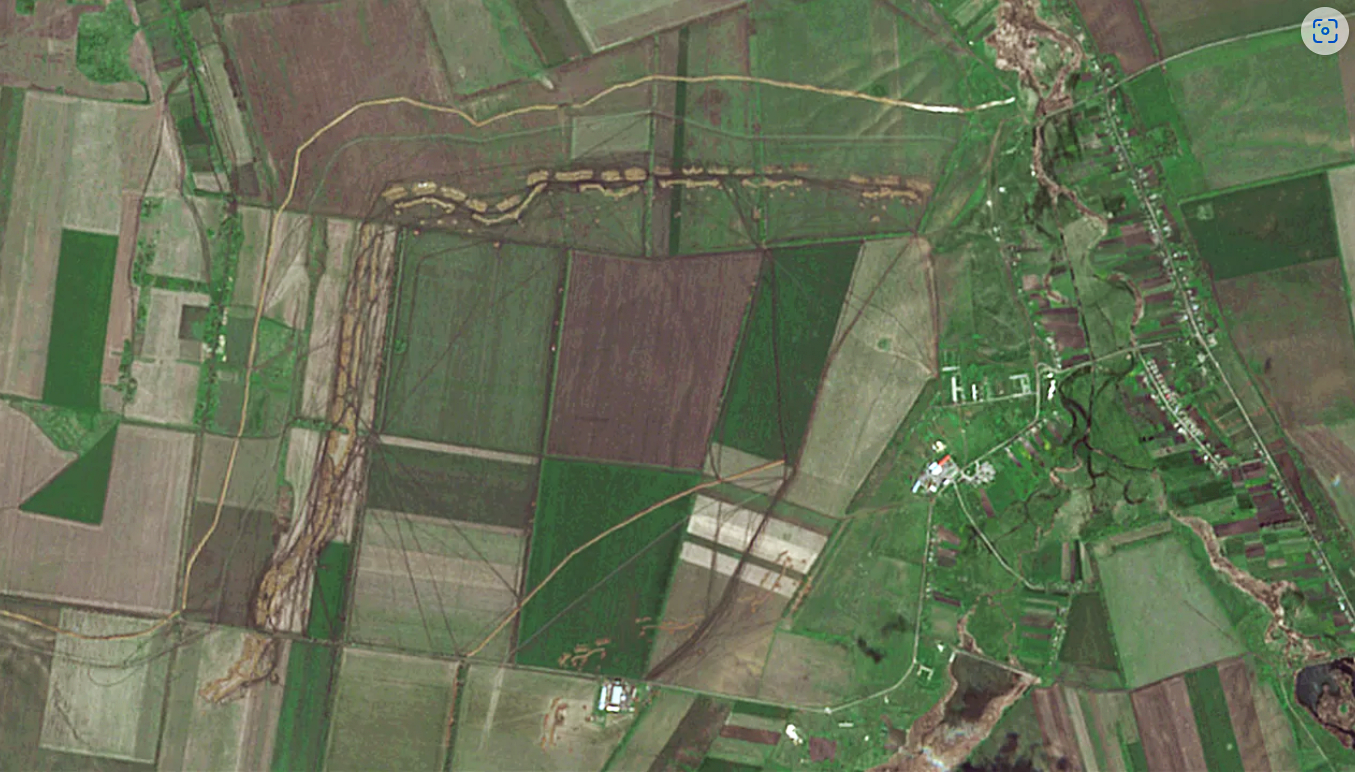
Ukrainian counteroffensive: first 24 hours will be most crucial - Western experts
Ukraine's planned counteroffensive is being actively discussed in foreign media. Experts compare the Ukrainian operation to the Allied landings in Normandy, which opened the second front in World War II
CNN analyzes the specifics of the operation, the distribution of forces, and satellite images of the Russian defense system that they have been building for almost six months.




Several recent satellite images provided to CNN by Maxar Technologies show large trenches east of the town of Polohy, Zaporizhzhia region. "Russia’s positions are most concentrated near the front lines in the south-eastern Zaporizhzhia region, in the east and across the narrow strip of land connecting the Crimean Peninsula to the rest of Ukraine," Reuters analysts say.
Anti-tank ditches near Polohy stretch for 30 kilometers, and additional fortifications have been installed around important towns such as Tokmak. "This area will be critical should Ukrainian forces try to advance towards the city of Melitopol and split Russian forces in the south," CNN notes.
Stephen Wood of Maxar says that these defense systems have been replicated over a huge area, from Crimea in the south to parts of Donetsk.
The UK Ministry of Defense said in November that two concrete plants were producing the “dragon's teeth” tank barriers. However, CNN points out that they are a limited obstacle by themselves, which is why the Russians have moved more troops into southern Ukraine.
The Ukrainian forces will have to use general military maneuvers, including demining, removing tank obstacles and building bridges with their assault battalions.
The US aid package announced in March specifically included bridges for armored vehicles that would accompany the advancing units, as well as explosive munitions.
Some analysts have compared what the Ukrainians need to do to the D-Day landings in Normandy during World War II, of which German General Erwin Rommel said at the time: "The first twenty-four hours of the invasion will be decisive…for the Allies, as well as Germany, it will be the longest day."
Franz-Stefan Gady, a London-based expert on modern warfare, says Ukraine's goal should be to "set off paralysis in the Russian military leadership and panic across the Russian rank and file … Intangible factors such as tactical surprise, battlefield leadership, and fighting morale will likely be decisive in the first 24 hours of an attack."
In an ideal scenario, he says, "Ukrainian armored columns punch through layered Russian defenses at a weak spot, quickly advance into the Russian rear, and threaten command and control nodes like military headquarters and supply centers."
But the danger for Ukrainian forces, according to Matthew Schmidt, associate professor of national security at the University of New Haven, is that the counteroffensive turns into "a division level fight devolving into a series of platoon engagements," which can lead to getting bogged down.
According to him, the key will be to master the general military weaponry - the use of various means in coordination. "Attack supply depots in the rear, clear mines fast, coordinate fires and movement from brigade to platoon level."
Ukrainians do have the advantage of choosing where and when to go, and with what concentration of forces. Rogov, the Russian-appointed official in Zaporizhzhia, expects the Ukrainians to launch several diversionary attacks to try to confuse the Russian defense, especially using small reconnaissance groups across the Dnipro River in Zaporizhzhia and Kherson.
Once the assault begins, other factors could come into play, from the weather to the Russians' ability and willingness to counterattack, as well as the air component. However, Western analysts doubt the Russians' ability to mount an effective counterattack: elite forces, such as the Russian airborne troops, suffered heavy losses at the beginning of the campaign, from which they have not yet recovered.
But Ukraine's progress may be slowed by Russian air superiority: to avoid Ukrainian air defenses, the Russian air force is increasingly using “stand-off’ weapons such as the 1.5 tonne glide bombs recently used around Bakhmut, which are very difficult to intercept.
However, experts do not believe that Ukraine's recapture of Melitopol and Berdiansk is enough to make Vladimir Putin permanently change his goals in Ukraine. Schmidt notes that military force only works when it has a political effect. "That means Putin needs such a major loss he can’t deflect it…and that would be taking Crimea."
-
British intelligence points out that since the summer of 2022, Russia has built some of the largest systems of military defenses seen in the world in decades. They are located not only near the current front line, but also deeply dug in the temporarily occupied territories.
- News














































